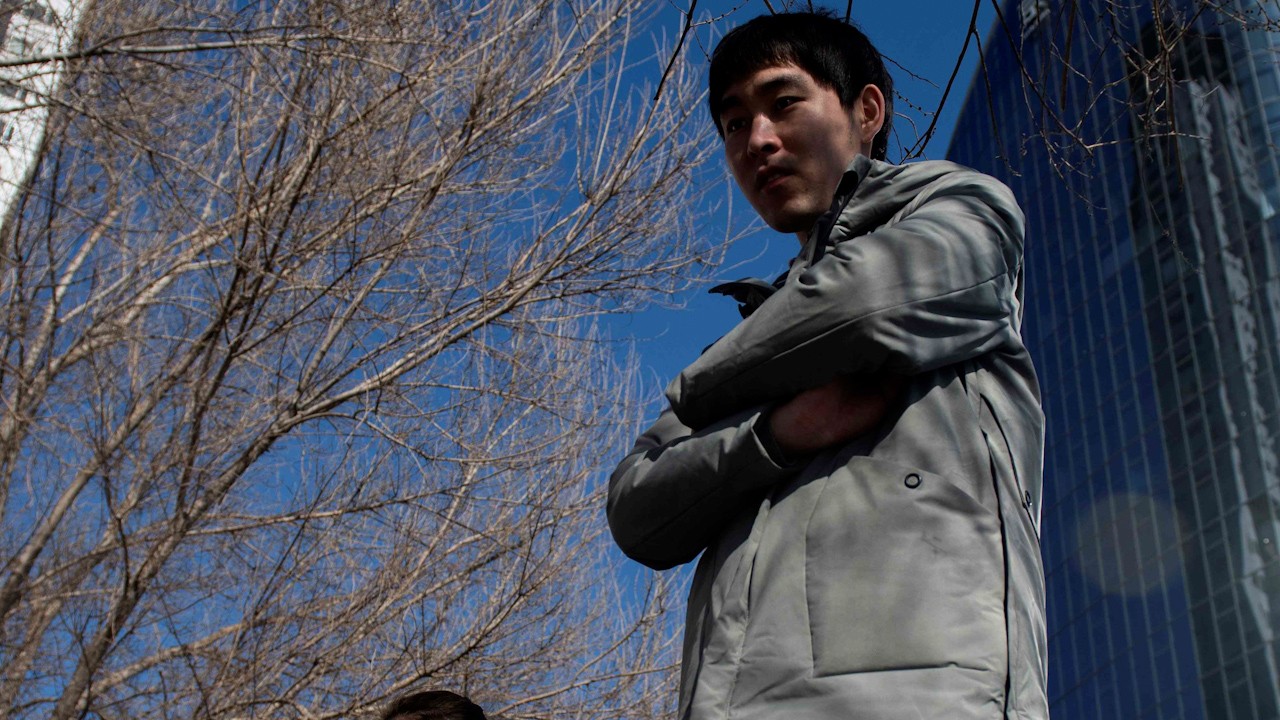
02:31
China’s youth unemployment rate hits new high as recovery falters
Explainer | From GDP to youth unemployment, 6 takeaways from China’s economic data in June
- China’s economic growth missed expectations and grew by 6.3 per cent in the second quarter, year on year, up from the 4.5 per cent growth in the first quarter
- Monthly data also released on Monday indicated faltering private confidence, record high youth unemployment and overhanging risk in property market
1. GDP growth a worrying result?
But quarter on quarter, China’s gross domestic product (GDP) rose by only 0.8 per cent, slowing from a rise of 2.2 per cent in the first quarter.
In the first half of the year, China’s GDP grew by 5.5 per cent compared to the same period last year, higher than Beijing’s full-year growth target for 2023.
“China’s second quarter GDP growth surprised on the downside. Obviously, we might have to embrace a new wave of growth outlook downgrade in the next couple of days. However, the 5 per cent growth target looks very attainable,” said Zhou Hao, chief economist at Guotai Junan International.
Harry Murphy Cruise, an economist at Moody’s Analytics, said the quarter-on-quarter growth rate was a “worrying result for an economy that’s struggling to gain momentum”.
“China’s recovery is going from bad to worse. The 6.3 per cent year on year expansion through the June quarter was below expectations and flattered by the lockdown-ravaged reference period last year,” he added.
“After a sugar injection in the opening months of 2023, the pandemic hangover is plaguing China’s recovery.”
2. Rising youth unemployment adds to concerns
The overall urban surveyed jobless rate remained unchanged at 5.2 per cent last month.
“Though there are structural factors behind it, the elevated youth unemployment rate highlights the need for more policy support to broaden out domestic demand and bring back high quality jobs,” said economists at HSBC.
3. Retail
Retail sales rose by 3.1 per cent in June from a year ago, down from 12.7 per cent growth in May.
The fall was mainly driven by slower growth in coronavirus -sensitive restaurant sales and also auto sales due to a high base related to the release of pent-up demand after Shanghai came out of lockdowns in June 2022, said analysts at Goldman Sachs.
“Households are wary of spending. Consumers remain sceptical about the recovery, and expectations relating to employment and income gains have turned negative,” added Cruise at Moody’s Analytics.
4. Industrial production
Industrial production, a gauge of activity in the manufacturing, mining and utilities sectors, grew by 4.4 per cent last month, year on year, up from an increase of 3.5 per cent in May.
The growth rose against market expectations, although automobile production growth plunged on a high base, said analysts at Goldman Sachs.
By industry segments, manufacturing growth rose to 4.8 per cent year on year, utilities by 4.9 per cent and mining by 1.5 per cent.
China eyes Asean trade ties, but members fear falling into ‘geopolitical trap’
“We retain our cautious outlook for both industrial production and exports in the coming months, as destocking pressures will continue to rise. Moreover, trade frictions with the US are also increasing,” he said.
5. Fixed-asset investment
Fixed-asset investment – a conventional tool for Beijing to drive up growth – rose by 3.8 per cent in the first six months of 2023, year on year, down from a rise of 4 per cent in the first five months of the year.
The improvement was largely state-led, according to Chan at Oxford Economics, as it helped offset a fall of 0.2 per cent from a year earlier in the January-June period in private investment.
Clearly, there remains a significant lack of property investment appetite
Property investment, which often accounts for one third of the total investment, also fell by 7.9 per cent in the first half of the year.
“Clearly, there remains a significant lack of property investment appetite, and the continued double-digit decline in housing starts bodes poorly for the sector,” said Chan.
6. Is it already a year to forget for China?
Analysts at Goldman Sachs expect more targeted easing measures in coming months to counteract persistent growth headwinds, including the property slowdown and low market confidence, although they added the magnitude of stimulus should be smaller than in previous easing cycles.
“We expect to see monetary policy ease in coming months and targeted fiscal supports given to key industries, including real estate and construction. But that extra support won’t be a silver bullet. Increasingly, 2023 is looking like a year to forget for China.”
Given the current state of the Chinese economy, the PBOC’s cutting cycle is set to continue
“Given the current state of the Chinese economy, the PBOC’s cutting cycle is set to continue. We expect another 10 basis point policy rate cut in the next month or two,” said Larry Hu, chief China economist at Macquarie Group.
Hu also expects a cut to the reserve requirement ratio soon “in order to encourage banks to provide more credit to the real economy”.
This is a consumption-induced slowdown, which calls for policy support on the demand side
Zhou Hao, chief economist at Guotai Junan International, did point to more positive news in the activity data for June as industrial production grew well above the market consensus, while fixed-asset investment gain also beat expectations.
“The rate cuts will translate into reduction of mortgage payments, which will not only help the property buyers, but also help the consumers to improve their spending power.”

.JPG?itok=J8tgfPmW&v=1659948715)